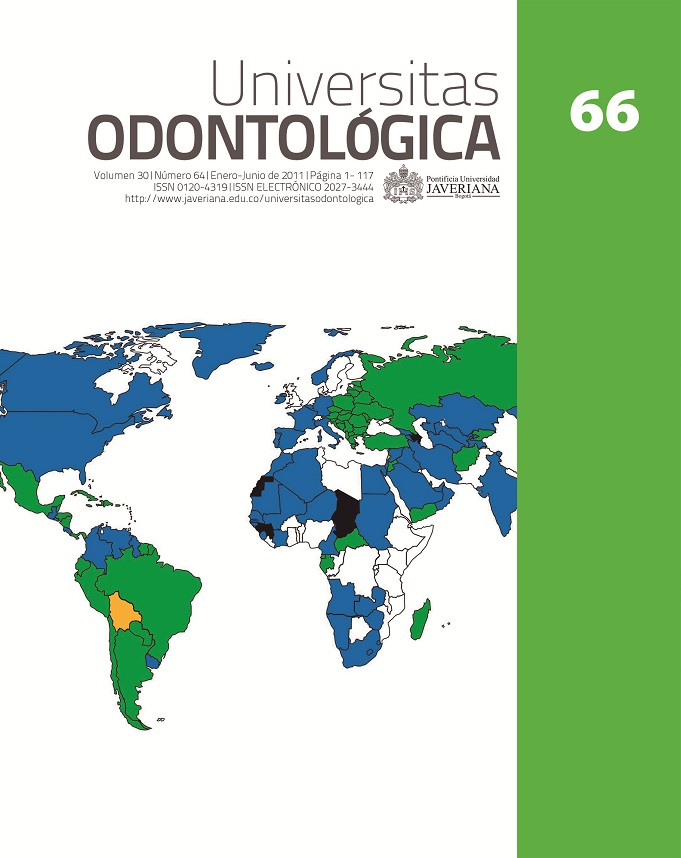Abstract
El sistema nervioso tiene origen en la capa germinal ectodérmica. Así como en la vida posnatal el sistema nervioso está claramente diferenciado en sistema nervioso central y periférico, en su etapa embrionaria la formación de cada uno sigue caminos diferentes, pero cercanos. Esta revisión hace hincapié en la formación del sistema nervioso central y de estructuras específicas, como los órganos de los sentidos. Se presenta un breve recorrido por procesos como la gastrulación, la neuralización y la formación de placodas hasta llegar a las diferentes estructuras que conforman el sistema nervioso central y los órganos de los sentidos.
The nervous system has its origin in the well-known ectodermic germinal layer. During the postnatal life, the nervous system is clearly differentiated in central nervous system and peripheral nervous system. During the embryonic stage, all the components follow different paths but they are still close to each other. This review focuses on the central nervous system and development of the sense organs. It includes a brief review of processes such as gastrulation, neurulation and development of cranial placodes and the structures that make up the central nervous system and the sense organs.
This journal is registered under a Creative Commons Attribution 4.0 International Public License. Thus, this work may be reproduced, distributed, and publicly shared in digital format, as long as the names of the authors and Pontificia Universidad Javeriana are acknowledged. Others are allowed to quote, adapt, transform, auto-archive, republish, and create based on this material, for any purpose (even commercial ones), provided the authorship is duly acknowledged, a link to the original work is provided, and it is specified if changes have been made. Pontificia Universidad Javeriana does not hold the rights of published works and the authors are solely responsible for the contents of their works; they keep the moral, intellectual, privacy, and publicity rights.
Approving the intervention of the work (review, copy-editing, translation, layout) and the following outreach, are granted through an use license and not through an assignment of rights. This means the journal and Pontificia Universidad Javeriana cannot be held responsible for any ethical malpractice by the authors. As a consequence of the protection granted by the use license, the journal is not required to publish recantations or modify information already published, unless the errata stems from the editorial management process. Publishing contents in this journal does not generate royalties for contributors.


